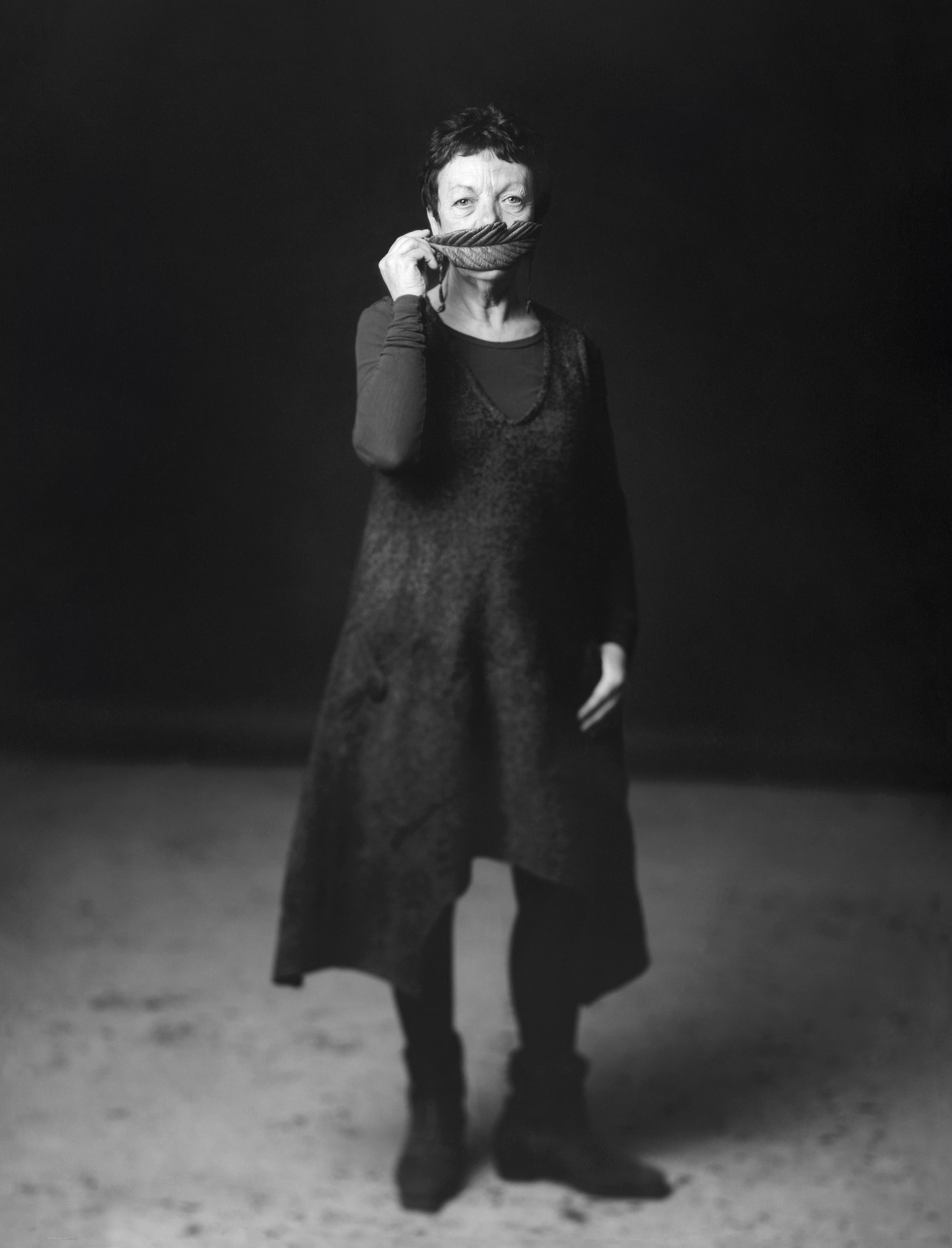| A deep, rich black. A white as light as lace. And the luminous grey of a turgid sky that is clearing. Graciela Iturbide hardly needs more colour to convey the emotion of a gaze, the silence of pain or a cry of revolt.
Recognized as one of the greatest contemporary photographers – free, independent and feminist – for 50 years she has constantly documented the fragile existence of ancestral communities, primarily women and the disenfranchised. Hers is a life spent on the road in search of “surprises in the ordinary”. From Cuba to East Germany, but particularly in her native Mexico, she captures intimate scenes and traditions, faces and shadows, wrinkles and rites.
Born in 1942 in Mexico City into a wealthy Catholic family, Graciela Iturbide married very young and gave birth to three children. At the age of 27, she enrolled at the University of Film in Mexico City, where she met Manuel Álvarez Bravo, the father of Mexican photography. She became his assistant and dreamed of one day being a director. But everything changed when her daughter, Claudia, died at the age of six. The pain of mourning led her towards a more solitary, more introspective career. For five years, haunted by death, she shot angelitos, children who had died prematurely and who, according to indigenous beliefs, “go straight to heaven”.
Little by little, she developed a more intimate style that invites reflection on identity, the search for the self and the human condition. In the mid-1970s, she turned her keen eye towards the Seri people, a tribe of 500 souls who roam the Sonora Desert in northern Mexico. To immerse herself fully in their culture, she lived with them for several weeks, as a nomad along the US border.
In 1979, the Mexican painter Francisco Toledo introduced her to a city in his native Oaxaca that was dominated by women: the Zapotec community of Juchitán. For Graciela, it was a revelation. She (re)invented her imagination. There, before her lens, women appear divinely strong, sovereign and triumphant, such as Nuestra Señora de las Iguanas, a Madonna with an imperial gaze and wearing iguanas as a headdress. For a decade, she would return again and again to immortalize these almost supernatural figures: images brought together in the legendary book Juchitán de las Mujeres*, an echo of her feminist commitment.
A powerful story has been woven between the House of Dior and Graciela Iturbide, aligning with Maria Grazia Chiuri’s desire to celebrate and highlight the work and talent of women artists from all over the world. In 2017, for the American Elle magazine, the Mexican image-maker thus sublimated the wild, authentic poetry of the looks in the Dior cruise 2018 line designed by the Creative Director of Dior’s women’s collections. These bonds are extended and enriched over the seasons. For the Mexican edition of Vogue magazine, Graciela Iturbide notably shot the white dresses that brought Maria Grazia Chiuri’s Dior cruise 2024 show to a poignant close in the pouring rain in Mexico City. These manifesto-like pieces, veritable blank toiles that served as canvases of expression, appeared in the heart of a performance orchestrated by Elina Chauvet, a new iteration of the Confianza project. A striking statement.
In April 2025, Dior paid tribute to the career and iconic oeuvre of Graciela Iturbide at the 13th edition of the Kyotographie festival, whose theme can be summed up in a single word: Humanity. Not dissimilar to Martin Parr’s colourful panoramas of tourists sunbathing on beaches, her technique deploys an intense and absolute black and white. A sensitive perspective that remains true to her favourite subjects: beliefs, religion and death. An invitation to come to terms with personal revolutions and reveal women’s grace. | * Juchitán de las Mujeres 1979-1989, RM Editorial, 2010. |
|
